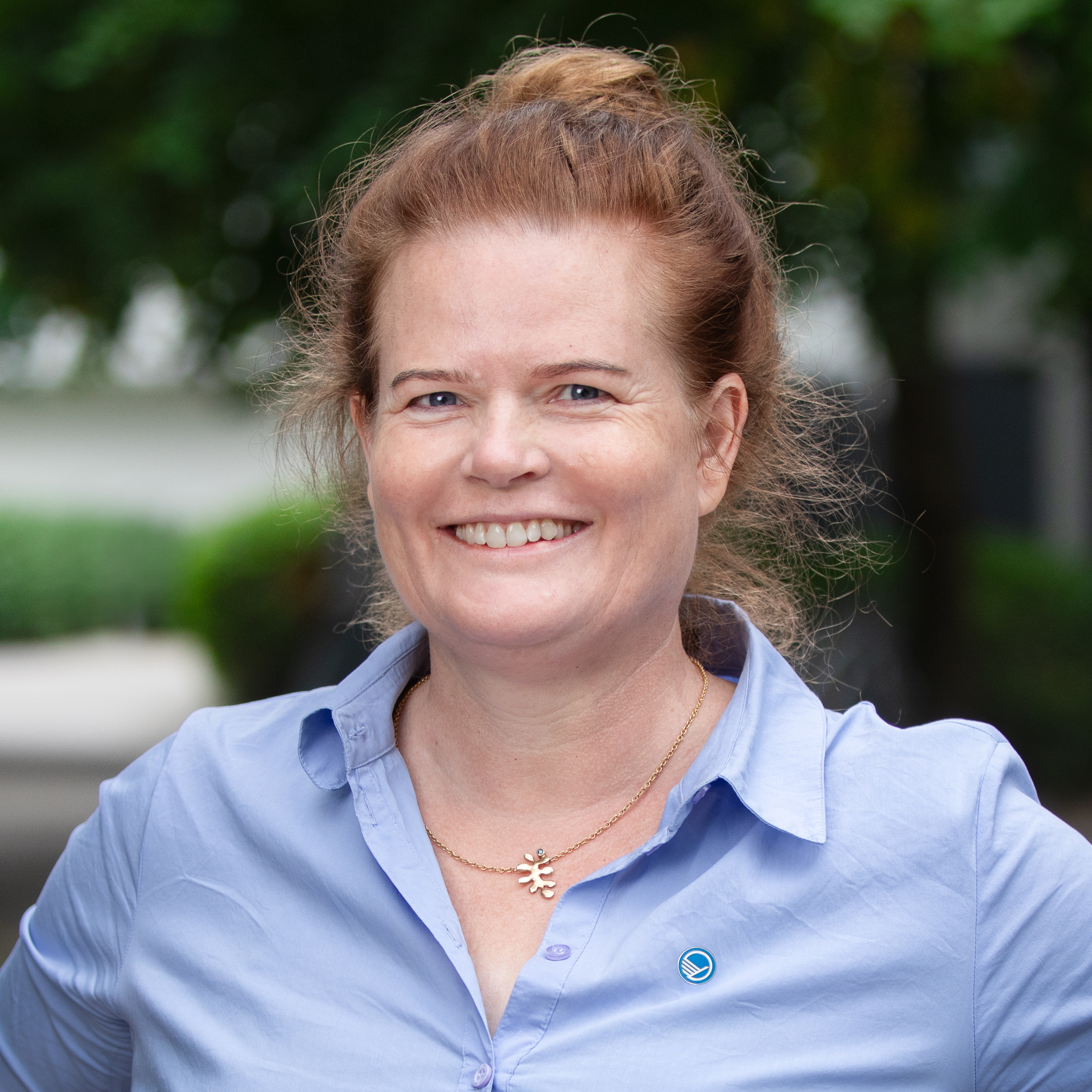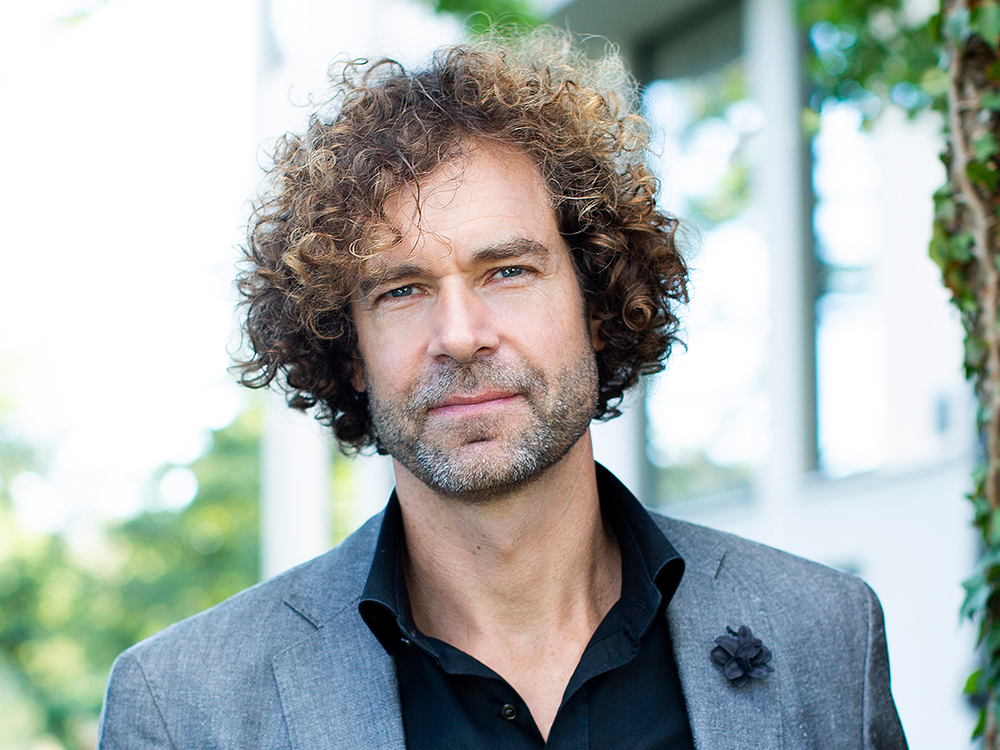
Four projects granted funding within the Nordic Grand Solutions Programme
The first call in the Nordic Grand Solutions Programme was successfully closed in September 2023. With great Nordic representation among the 35 project proposals, we are pleased to announce that…
The first call in the Nordic Grand Solutions Programme was successfully closed in September 2023. With great Nordic representation among the 35 project proposals, we are pleased to announce that the Board of Nordic Energy Research has now selected four projects to receive funding.
The four projects selected for funding are the following:
SpeedLocal
Project leader: Markus Wråke, CEO at Energiforsk AB (Swedish Energy Research Centre)
Project owner: Energiforsk AB
Project partners: Energiforsk, Energy Modeling Lab, IVL, Institute for Energy Technology, LabLab, Luleå University of Technology, VTT, Technical University of Denmark, Bornholm municipality, Skaraborgs kommunalförbund, Vara municipality, and Trondelag county authority
About the project: The SpeedLocal project supports the Nordic region’s transition to a sustainable green energy system by aligning national planning, local implementation, and social acceptability. Across the Nordics, policy makers have stressed the need for an integrated energy planning approach to achieve this. However, stakeholders tasked with developing and implementing such plans often lack guidance and tools to incorporate energy demands and potentials with resource availability, landscape impacts, and community claims. Considering the substantial changes that Nordic landscapes and communities will undergo in the coming years, along with the often-contentious nature of these changes, there is a pressing need for frameworks to guide the transition process locally. Actionable knowledge is needed to comprehend space for action, in what timeframes, and how local choices impact, and are impacted by, national and regional energy and climate objectives.
This transdisciplinary initiative engages experts, stakeholders, and communities across the Nordic countries in three case studies; Trondelag, Norway; Skaraborg, Sweden; and Bornholm, Denmark. In these places, national targets and visions are brought into life. Feedback from our cases can enrich the process and help us understand the impacts and barriers at local and national scale as well as how it can influence the speed of the green transition. The project combines a variety of methods, including stakeholder engagement, policy analysis, landscape analysis, participatory processes, and energy system modeling. Two scientific approaches are appointed to ensure that disciplines are well-balanced and interconnected throughout the project, fostering collaboration and maximizing the value of shared knowledge in the Nordic region. Our results will be collected in a Strategy Kit for integrated energy planning, equipped with communicative tools and strategies to bridge gaps between research and implementation, providing local stakeholders with actionable knowledge.

Markus Wråke, CEO at Energiforsk AB
Hi-EFECTS
Project leader: Ossi Kaario, Associate professor at Aalto University
Project owner: Aalto University
Projects partners: Aalto University, NTNU – Norwegian University of Science and Technology, Lund University, World Maritime University, Wärtsilä, and Stolt Tankers
About the project: Hi-EFECTS is a Nordic consortium that brings together four academic institutions—Aalto University, Lund University, World Maritime University, and the Norwegian University of Science and Technology—and three company partners—Wärtsilä, MAN Energy Solutions, and Stolt Tankers. The primary objectives of Hi-EFECTS are as follows:
- Development of New Engine Combustion Technologies for net-zero greenhouse gas emissions: The consortium creates innovative engine combustion technologies that can be used in maritime transport.
- Demonstration of Future Marine Fuels: Hi-EFECTS seeks to demonstrate the practical use of electrofuels, especially ammonia and methanol, within the maritime industry, addressing the challenges associated with transitioning to green and environmentally friendly options.
- Assessment of Environmental, Economic, and Societal Impacts: The consortium will conduct assessments to evaluate the environmental impact, economic costs, and societal implications of the newly developed concepts.
- Policy Advice: Hi-EFECTS provides policy recommendations to influential bodies such as the Nordic Council of Ministers, the European Union (EU), and the International Maritime Organization (IMO).
- Contribution to Sustainability Goals: The project recognizes the significance of its work in contributing to future sustainability objectives, reducing global greenhouse gas emissions, and helping the maritime industry meet the IMO’s CO2 reduction targets for 2050. By forming a collaborative Nordic consortium, Hi-EFECTS enhances expertise, promotes scientific excellence, evaluates social impacts, and contributes to policymaking based on rigorous research and analysis. This collective effort is instrumental in advancing the maritime sector’s sustainability and environmental goals while driving innovation in engine technology and marine fuels.
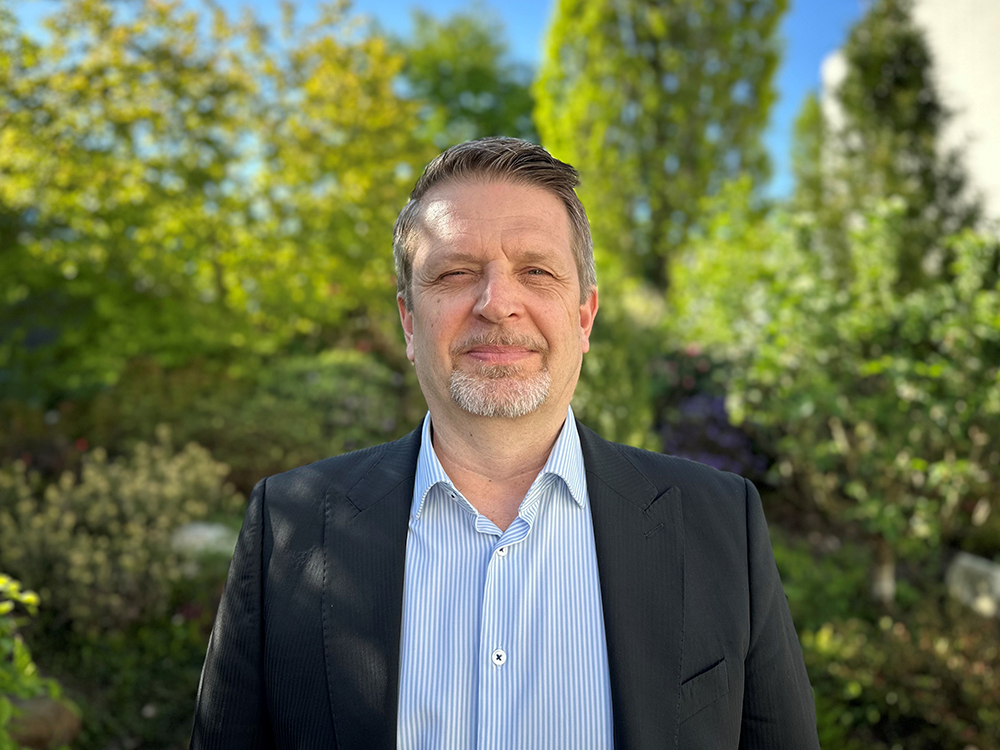
Ossi Kaario, Associate professor, Aalto University
Best4Grid
Project leader: Fredrik Haglind, Professor at Technical University of Denmark
Project owner: Technical University of Denmark, DTU
Project partners: Technical University of Denmark, Uppsala University, University of Vaasa, SCANIA CV AB, Frederiksberg Forsyning A/S, and Energinet
About the project: The aim for the Nordic region is to become carbon neutral and the most sustainable and integrated region in the world by 2030. In order to achieve this, it is essential to decarbonize the transport sector, which is achieved by electrification and the increased use of renewable energy sources. However, the increased penetration of fluctuating renewable energy sources causes imbalance between supply and demand of energy, reduced capacity margins and congestion of electricity networks. In this context, the batteries of the electric vehicles (EVs) offer the possibility to store electricity at times when there is a surplus of electricity that subsequently can be used at times when there is a deficit of electricity, thereby balancing the electric grid. This is called V2X – vehicle-to-everything. However, there are technical, market, societal, and political challenges related to the realization of the V2X technology that so far have hindered the widespread implementation of the V2X technology.
In order to address these challenges we propose to: (i) Analyze the opportunities and challenges to match the supply and demand of electricity by using V2X; (ii) Analyze the effects on efficiency and ageing of the batteries of employing V2X; (iii) Propose novel ideas to design and control the onboard energy management system for EVs employing V2X; (iii) Develop business models for implementation of V2X in the Nordic region; (iv) Provide guidance on market regulations and structures supporting the implementation of V2X in the Nordic region; (v) Provide a roadmap for the effective implementation of V2X, considering user behavior and technical and economic feasibility; and (vi) Achieve cooperation among the relevant stakeholders supporting the implementation and widespread dissemination of the results.
This is a timely project that gives the Nordic region a unique opportunity to be a frontrunner with a new technology that is expected to play a major role in future energy systems.
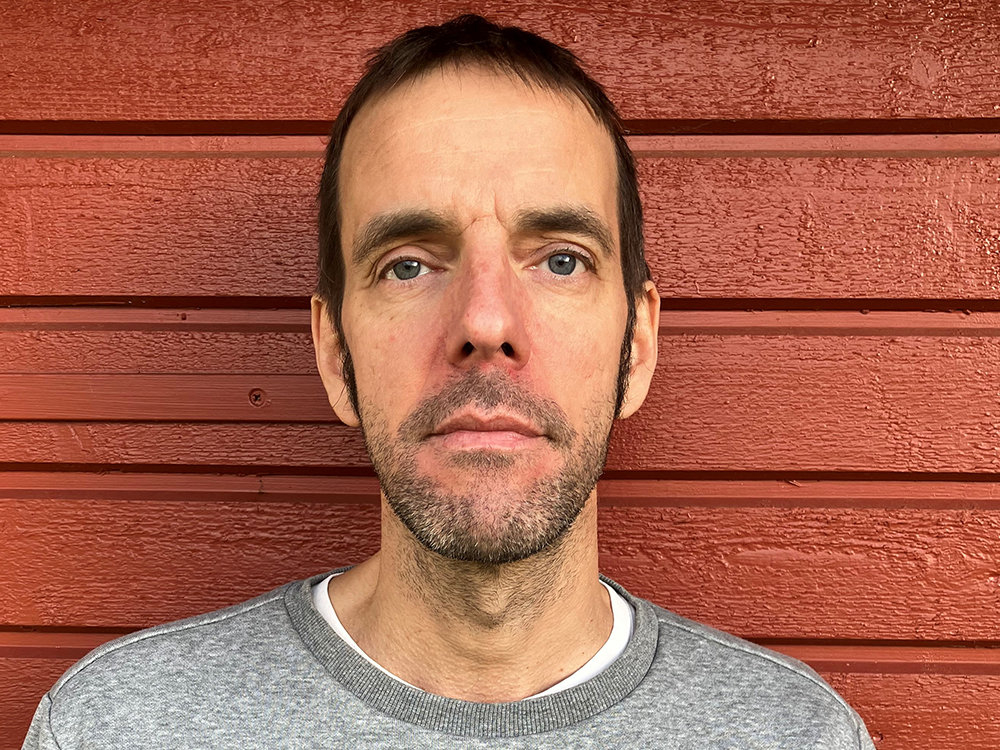
Fredrik Haglind, Professor at Technical University of Denmark
MoreH2
Project leader: Jan Froitzheim, Professor at Chalmers University of Technology
Project owner: Chalmers University of Technology
Project partners: Chalmers University of technology, SINTEF, Outokumpu, Alleima, Topsoe, Hystar, Norwegian Hydrogen Forum, and Icelandic New Energy
About the project: Currently, 95% of hydrogen production relies on fossil fuels. To achieve a green energy transition, large quantities of green hydrogen, produced through electrolysis, using electricity to split water molecules into hydrogen and oxygen, are required. The most established electrolysis technique is Alkaline Water Electrolysis (AWE). However, other less established techniques have distinct advantages. The overall objective of this project is to facilitate green hydrogen production on a large scale. Specifically, we focus on improving the cost and durability of alternative technologies to AWE, with a focus on interconnect/bipolar plate development. To achieve this endeavor, we have formed a unique consortium with two research institutions, two hydrogen organizations and four industry partners.
The green energy transition will require enormous investments into electrolysis. To date, there are two main alternatives to AWE: Proton Exchange Membrane Water Electrolysis (PEMWE) and Solid Oxide Electrolysis Cell (SOEC). While PEMWE is already commercial, its large-scale implementation is hindered by high investment cost. SOEC has made tremendous progress in recent years but still suffers from high degradation rates. Compared to AWE, both technologies have distinct advantages in terms of efficiency, flexibility, and current density. They suffer, however, from higher cost and lack of durability. Although different terminologies are used in the PEMWE and SOEC communities, those aspects are primarily related to the same component: the bipolar plate (PEMWE) or interconnect (SOEC). Although PEMWE and SOEC operate in different environments, we will focus on the same component, as it is the main obstacle that impedes large scale implementation. A major cost driver in PEMWE is the use of platinum coated titanium plates, while in SOEC, the main obstacle is the degradation in the corrosive high temperature (600–800°C) stack environment and the high cost of special steel used today.
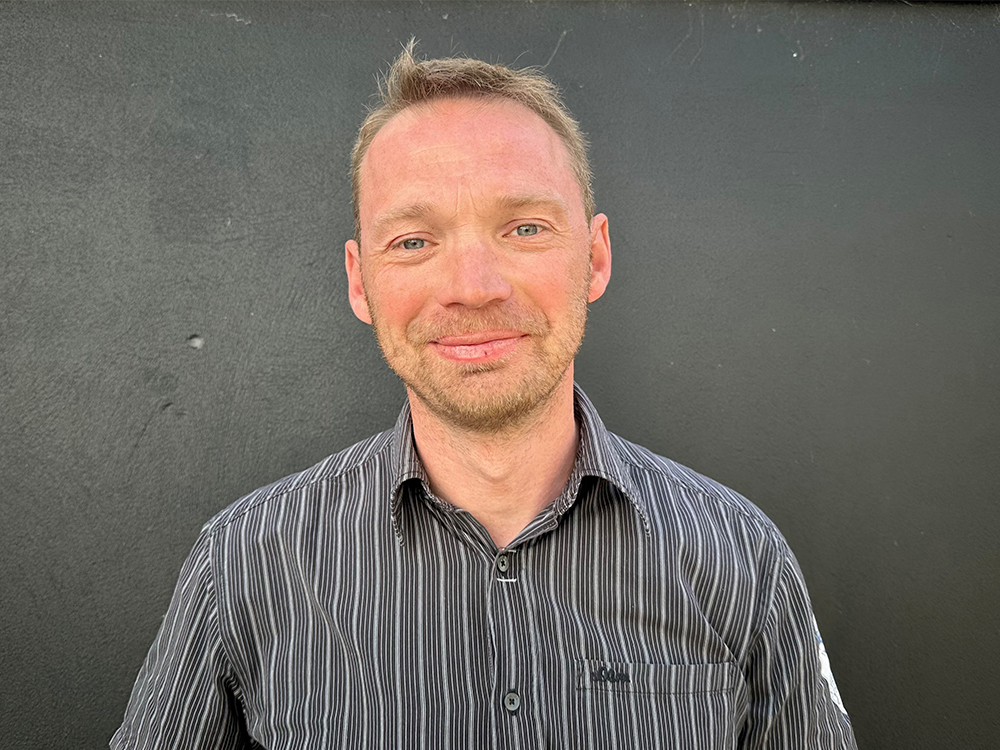
Jan Froitzheim, Professor at Chalmers University of Technology

